The Israeli army launched an hours-long ground offensive into Gaza on the night of October 25 and the morning of October 26. With this conflict, something unprecedented in Israel-Hamas history happened.
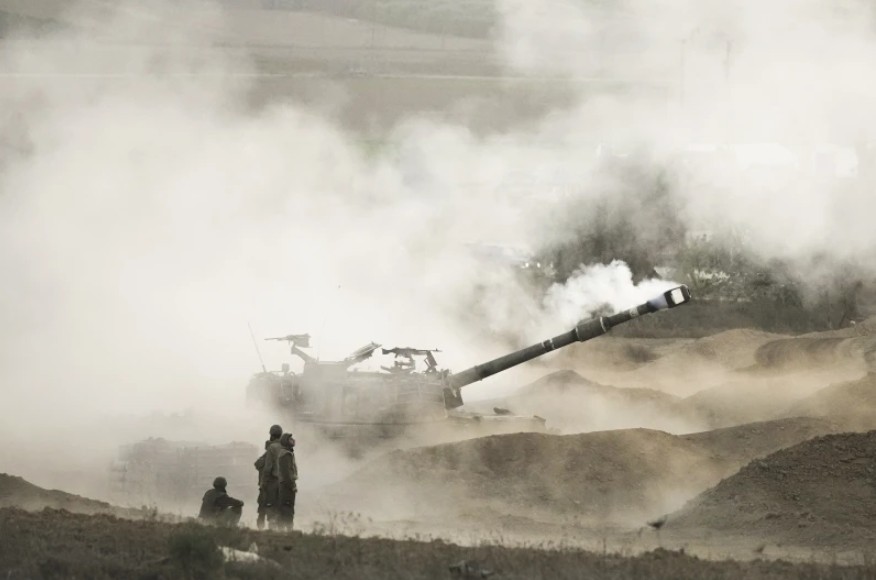 |
| An Israeli mobile artillery unit fires a shell from southern Israel toward the Gaza Strip, near the Israel-Gaza border, October 25, 2023. (Source: AP) |
Israeli troops and tanks launched an hour-long ground raid into northern Gaza from the night of October 25 to 26, attacking several targets to “prepare the battlefield” for a larger plan.
Israel's "Oath"
The raid came after the United Nations (UN) warned it was running out of fuel in the Gaza Strip, forcing it to drastically cut back relief efforts in the besieged territory.
The death toll in Gaza has risen to more than 7,000 as of October 26, according to Palestinian officials, an unprecedented level in the decades-long Israeli-Palestinian conflict. Even greater casualties could result if Israel carries out its planned offensive against Hamas.
Hamas' Gaza health agency said more than 750 people had died in the past 24 hours, up from 704 the day before.
On October 25, the wife, son, daughter and grandson of Wael Dahdouh, a veteran Al-Jazeera correspondent in Gaza, were killed in an Israeli attack. The station showed him in grief as he entered the hospital and saw his son dead. Dahdouh and other mourners wore the blue jackets worn by Palestinian journalists at the funeral on October 25.
The Israeli military accuses Hamas of operating in the densely populated Gaza Strip. Palestinian militants have fired dozens of rockets into Israel since the conflict began.
Israel has vowed to crush Hamas’s ability to control Gaza or threaten it again, saying it has no desire to retake territory from which it withdrew and evacuated people in 2005. This could be a challenge, as Hamas is deeply entrenched in Palestinian society, with political and charitable organizations as well as a formidable armed wing.
Benny Gantz, a retired general and member of Israel's military cabinet, said any possible ground offensive would be just “a phase in a multi-year process.”
“The operation will soon be intensified with larger forces,” he added.
The military said that in the overnight raid, troops killed militants and destroyed Hamas infrastructure and anti-tank missile launch sites. At the same time, no Israelis were injured and there was no confirmation of any Palestinian casualties.
Israeli Rear Admiral Daniel Hagari, a military spokesman, said the attack was “part of our preparations for the next phases of the conflict.”
Israel also said it had carried out about 250 air strikes across Gaza in the past 24 hours, targeting Hamas tunnels, rocket launchers and other infrastructure.
The figure is more than three times the number of Palestinians killed in the six-week Gaza war in 2014, with more than 2,900 minors and more than 1,500 women.
The fighting has killed more than 1,400 people in Israel, mostly civilians killed in the initial Hamas offensive, according to the Israeli government. Hamas also holds at least 224 hostages in Gaza.
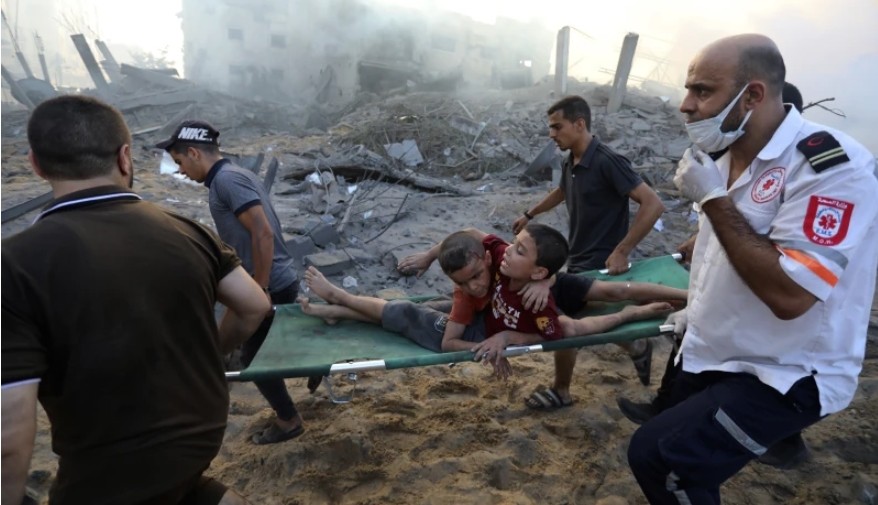 |
| Palestinians evacuate two injured boys after an Israeli airstrike on October 25, 2023. (Source: AP) |
The prospect of a dire humanitarian crisis
Warnings from the UN refugee agency, UNRWA, that fuel supplies are running low raise the prospect of a humanitarian crisis that could quickly worsen.
Gazans are running out of food, water and medicine. About 1.4 million of Gaza’s 2.3 million residents have fled their homes, with nearly half of them taking refuge in UN shelters. Hundreds of thousands remain in northern Gaza, despite Israel’s order to evacuate them to the south.
In recent days, Israel has sent more than 60 trucks carrying aid from Egypt, which aid workers say is insufficient and a fraction of what was brought in before the conflict. Israel is still blocking fuel needed for generators because it believes Hamas will receive it.
An official from the International Committee of the Red Cross said they hoped to bring eight trucks loaded with vital medical supplies.
“This is a small amount compared to what is needed, a drop in the ocean,” said William Schomburg, head of the Gaza mission. “We are trying to establish a pipeline.”
UNRWA has been sharing its own fuel supplies so that trucks can deliver aid, bakeries can provide food to people in shelters, water can be desalinated, and hospitals can keep incubators, life support machines and other vital equipment running.
If it continues to do all that, fuel will run out, so the agency is deciding how to allocate its supplies, UNRWA spokeswoman Tamara Alrifai told the AP .
The World Health Organization says more than half of Gaza's primary health care facilities and about a third of its hospitals are out of service.
At al-Shifa Hospital in Gaza City, a lack of medicine and clean water has led to “alarming” infection rates. Amputations are often recommended to prevent infections from spreading among the wounded.
One surgeon on the team described amputating half a 9-year-old boy's foot with just "a little sedation" on the hallway floor as the boy's mother and sister looked on.
The conflict also threatens to spread across the region. The Israeli military said on October 24 that it had attacked military sites in Syria in response to rocket fire from the country. Syrian state media reported that eight soldiers were killed and seven others were wounded.
The Israelis also exchange gunfire almost daily with Hezbollah across the Lebanese border.
Lebanese state news agency Lebanese news agency said Israeli airstrikes and drone strikes early on Monday caused fires in open areas in the southern Lebanese border town of Aita al Shaab, where clashes have intensified. It also reported strikes late on Tuesday in towns in the Tyre district, saying a mattress factory had been hit.
Source






![[Photo] Prime Minister Pham Minh Chinh receives Mr. Jefferey Perlman, CEO of Warburg Pincus Group (USA)](https://vstatic.vietnam.vn/vietnam/resource/IMAGE/2025/4/18/c37781eeb50342f09d8fe6841db2426c)
![[UPDATE] April 30th parade rehearsal on Le Duan street in front of Independence Palace](https://vstatic.vietnam.vn/vietnam/resource/IMAGE/2025/4/18/8f2604c6bc5648d4b918bd6867d08396)


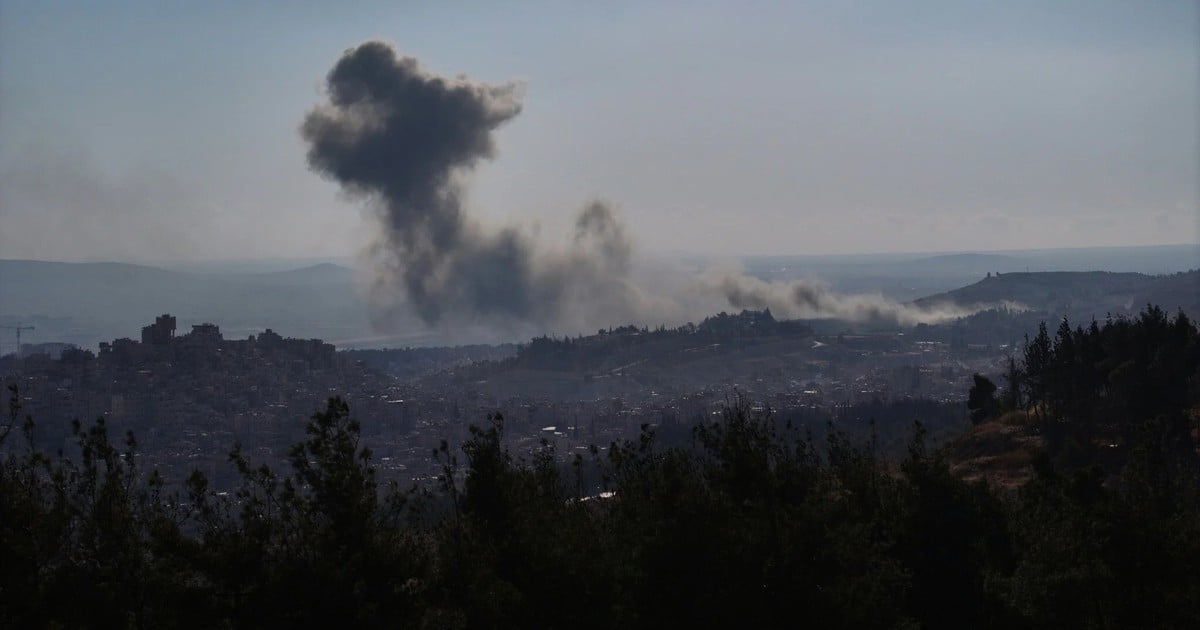
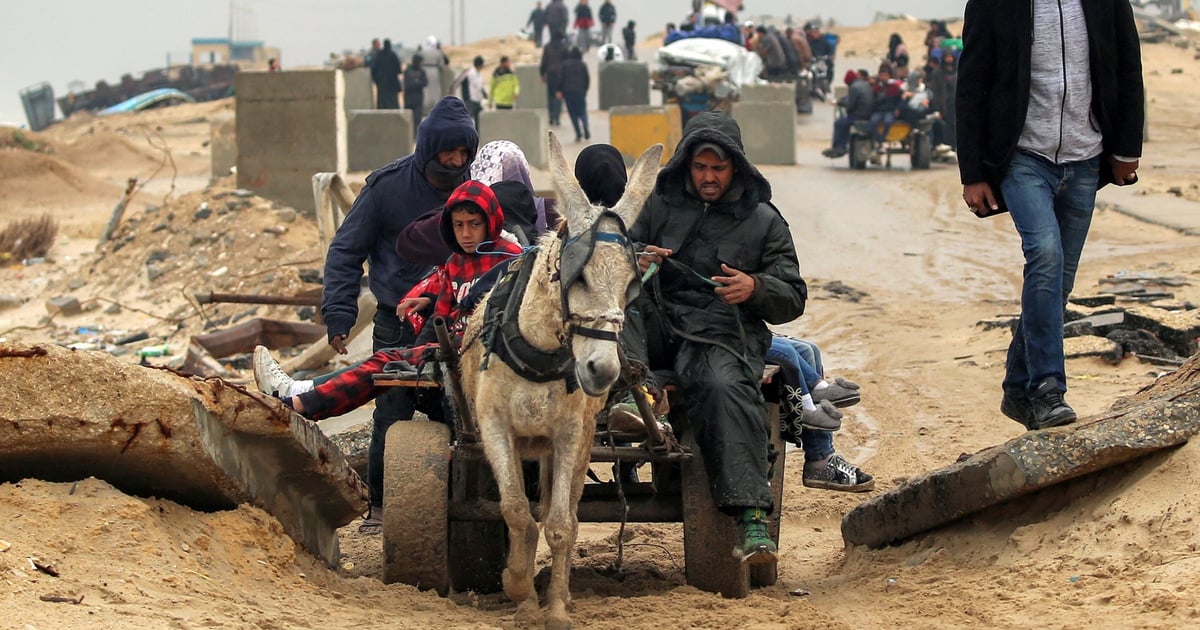

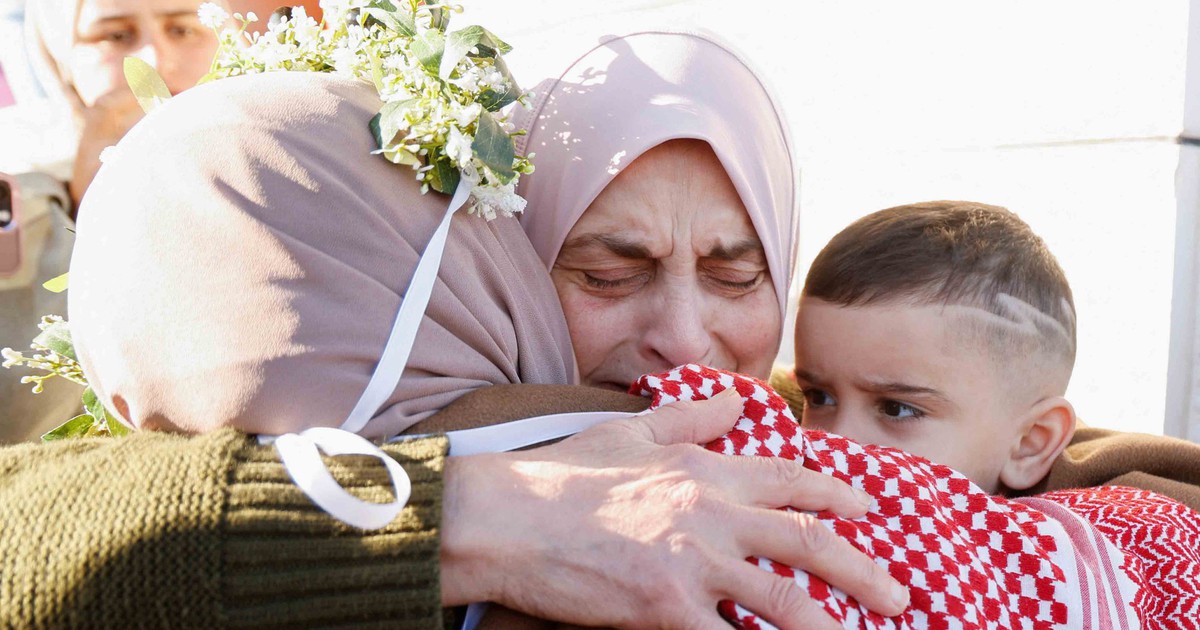
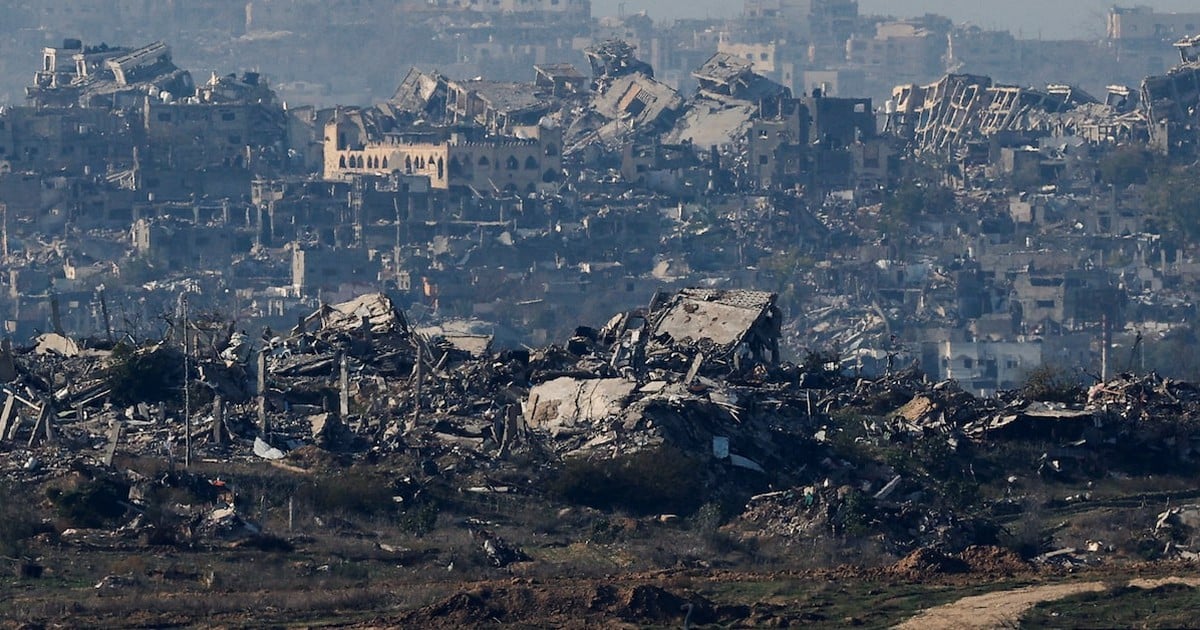




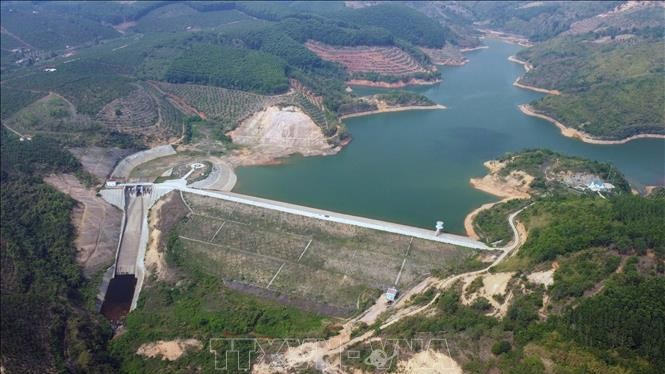







































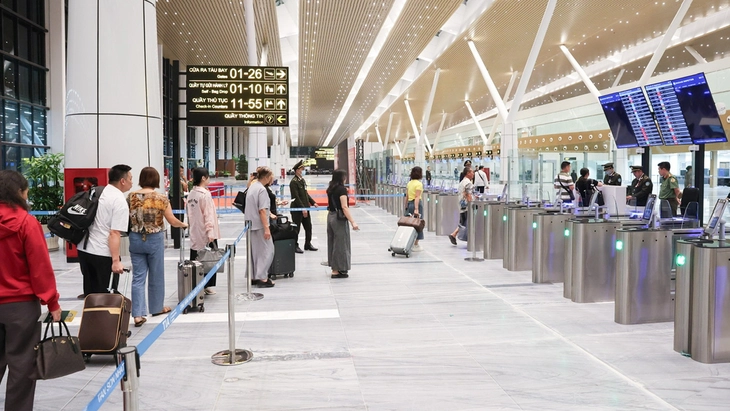


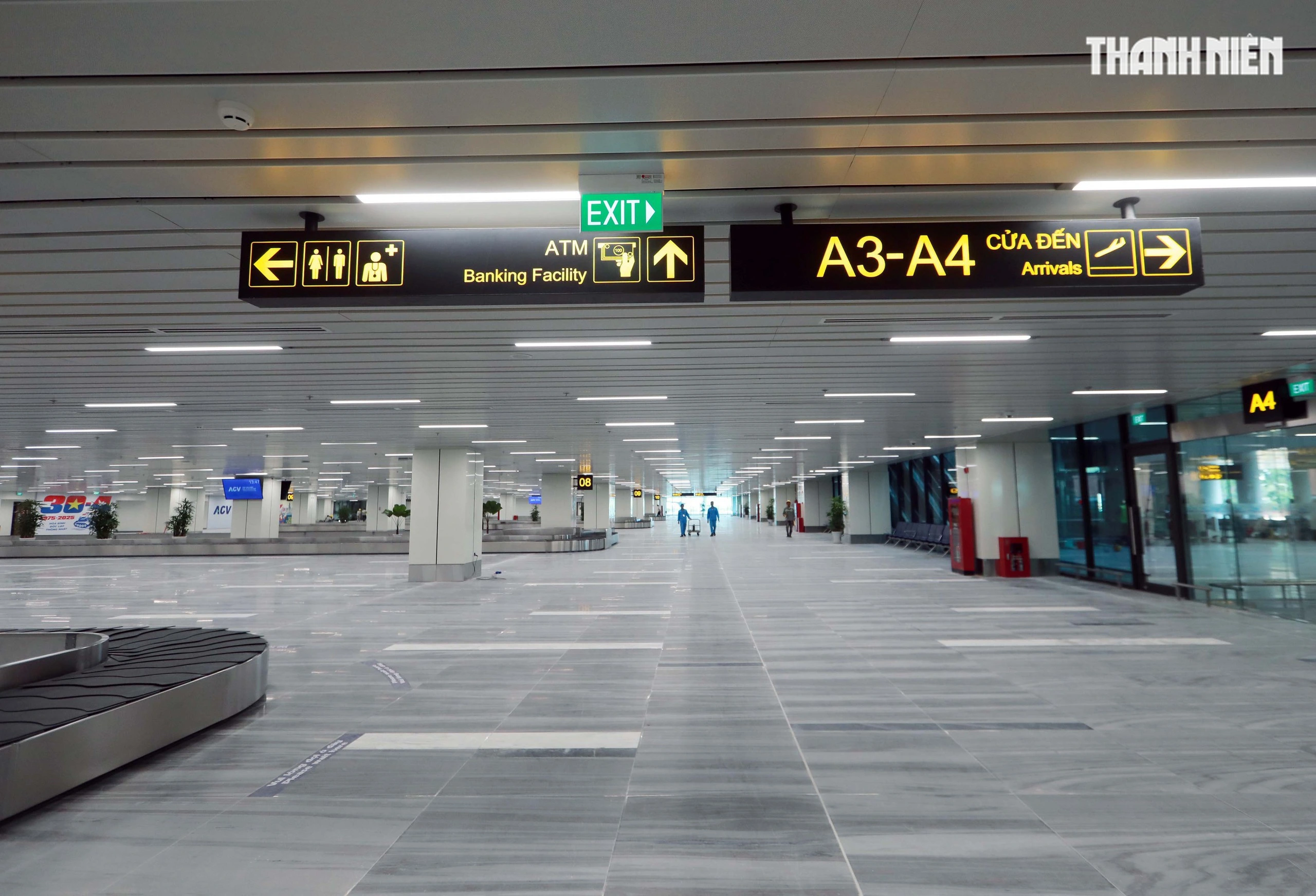
































Comment (0)